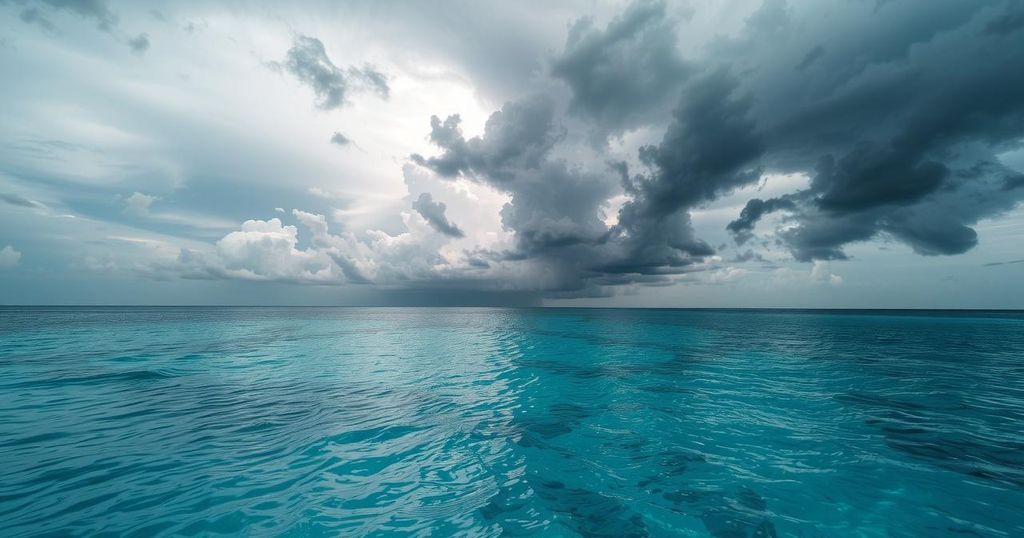Record Number of Tropical Storms in Southern Hemisphere
On February 25, 2025, the Southern Hemisphere witnessed a rare occasion with six tropical storms active at the same time, equalling a record from 1989. These storms include Cyclones Honde and Garance, with expectations of heavy rain and strong winds affecting parts of southern Africa and the Indian Ocean. A review of the current season indicates elevated cyclone activity attributed to climatic conditions such as La Niña.
On February 25, 2025, the Southern Hemisphere experienced an unusual weather event: six tropical storms, known as cyclones, simultaneously formed in the Indian and Pacific Oceans. This occurrence ties the record for the most concurrent storms, previously seen in 1989, and highlights the remarkable behavior of these weather systems during the active tropical season, which spans from November to April.
Of the six cyclones, five notable systems included Cyclone Honde off Mozambique, Cyclone Garance near Madagascar, Hurricane Bianca west of Australia, Hurricane Alfred northeast of Australia, and Cyclones Sera and Rae north of New Zealand. The presence of these storms is attributed to conditions such as weak wind shear and elevated sea-surface temperatures, both driven by La Niña, as noted by AccuWeather expert Jason Nicholls.
The last advisory for Cyclone Rae was issued at 4 p.m. EST on the same day Cyclone Honde was reported to have formed. Cyclone Rae caused significant damage in Fiji earlier in the week, and the Southern Hemisphere had noted a total of 22 tropical depressions and cyclones for the season, with Cyclone Energy levels considerably above historical averages.
As Cyclones Honde and Garance continued their paths, predictions indicated that Honde would affect southern Madagascar later in the week, bringing heavy rainfall and strong winds. Nicholls warns that rainfall could amount to 12-24 inches, with some regions experiencing up to 48 inches, and gusts reaching 100 mph along the southern coast.
Cyclone Garance is also expected to impact Reunion Island with heavy rainfall and wind gusts potentially reaching 150 mph. This would pose hazards of coastal flooding and high seas, a rare occurrence for the island, with the last hurricane impacting it being in 1989. Experts indicate that several inches of rain, potentially up to 2 feet, can be anticipated from Garance’s approach.
Separately, Hurricane Alfred developed in the Coral Sea on February 24 and is intensifying while moving southward. Nicholls stated that even though Alfred is anticipated to remain east of Australia, its outer bands could produce rainfall in southeast Queensland and northeast New South Wales during the upcoming week.
In conclusion, the simultaneous formation of six tropical storms in the Southern Hemisphere represents a significant meteorological event, highlighting diverse climatic influences such as La Niña. With impacts expected in regions like Madagascar, Reunion Island, and parts of Australia, the potential for severe weather necessitates ongoing monitoring. Such occurrences underscore the importance of preparedness in regions frequently affected by tropical systems during this active season.
Original Source: www.accuweather.com




Post Comment